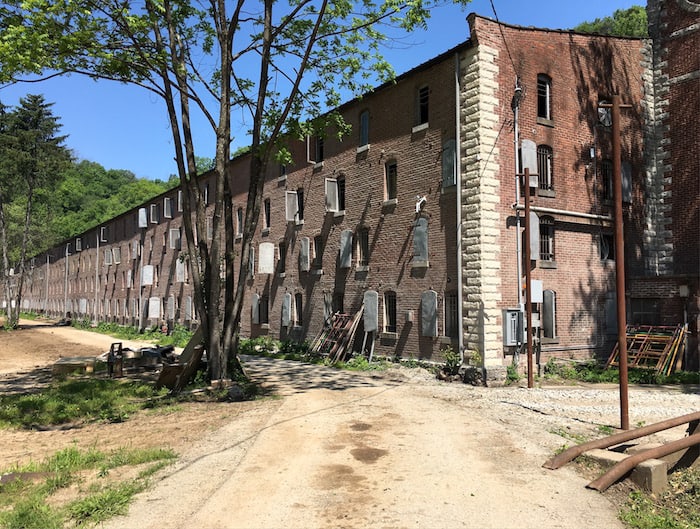The buildings that age whiskey go by a few different names: rackhouses, rickhouses and dunnage houses. Those terms sometimes get used interchangeably, but they actually mean different things. Here’s what you need to know:
Dunnage House
Scotch whisky distilleries often operate dunnage houses, which are traditional, low warehouses with an earthen floor and stone walls. Inside, they look a lot like a wine cellar.
Those materials are great at absorbing and regulating heat, so the temperature swings in a dunnage house are often less extreme than inside other types of aging facilities. A single-story profile further contributes to temperature stability, which leads to more consistent maturation throughout the dunnage house, as well as lower evaporative losses.

Rickhouse/Rackhouse
Rickhouses and rackhouses refer to the same thing: whiskey aging warehouses where barrels are stored in “ricks,” or racks that stack barrels three high and store them on their sides. They’re used around the world, from the American South to Taiwan.
Unlike a dunnage house, rickhouses can be made of a wide rage of materials, including wood, stone (like those at Woodford Reserve), brick, or even metal. Buffalo Trace alone has rickhouses made from wood, tin, brick, and concrete.
Most rickhouses have several stories and lack climate controls like heat and air conditioning. Wood and metal rickhouses experience big, dramatic temperature swings each day, particularly on the upper levels, while brick and stone rickhouses have a little more temperature stability.
That said, no matter what the building is made out of, warehouses in Kentucky are always going to experience some seriously hot temperatures during the summer months. And all that heat means a slightly faster aging process, as well as bigger evaporative losses.
In addition, because rickhouses are often three, five, or even seven stories high, barrels aged in different levels of the warehouse age quite differently. That makes skillful blending important to achieve product uniformity, but it also opens the door to fun single-barrel or one-off expressions to highlight particularly interesting flavor profiles.








